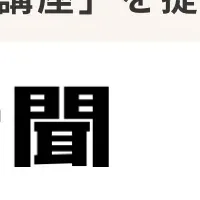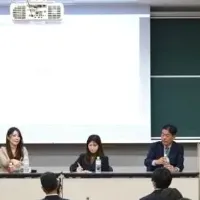
Polyethylene Wax Market Forecast: Growth and Trends to 2032
Polyethylene Wax Market Projection and Trends to 2032
The Polyethylene Wax market is on a promising growth trajectory, with an expected revenue generation of approximately USD 1.58 billion by 2032, representing a compound annual growth rate (CAGR) of 4% from 2026 to 2032, according to a comprehensive report by Verified Market Research. This report highlights a burgeoning market that is being fueled by a variety of applications across multiple industries, especially in Asia-Pacific, where industrial growth and cost-effective manufacturing methods are significantly increasing demand.
Key Drivers of Market Growth
The growth potential in the Polyethylene Wax market stems largely from its extensive use across essential applications such as coatings, adhesives, and polymer additives. The market saw a valuation of USD 1.16 billion in 2024 and is set for growth alongside the packaging and plastic processing sectors, both of which are experiencing steady increases in demand for high-quality products.
1. Industrial Expansion: Besides the significant role of polyethylene wax in enhancing the manufacturing process of plastics, industries focusing on creating more lightweight and versatile products are turning to this wax due to its lubrication, thermal stability, and compatibility with various substances.
2. Rising Adhesive and Coatings Industries: The demand for high-performance coatings and adhesives is another critical factor driving the market. Polyethylene wax is known for its ability to improve the durability, gloss, and anti-blocking properties of these essential materials, making them indispensable in construction, automotive, and electronics sectors.
3. Sustainability Trends: The shift toward environmentally friendly materials is gaining momentum globally. Polyethylene wax presents a favorable option for companies looking to align with green initiatives due to its recyclability and reduced environmental impact compared to other alternatives. Businesses leveraging this trend are putting themselves in a position to attract eco-conscious customers and continuously enhance their market position.
Challenges Facing the Market
While the growth prospects seem positive, the Polyethylene Wax market does face some significant challenges to overcome:
- - Raw Material Fluctuations: Since polyethylene wax is primarily derived from petroleum-based feedstocks, volatility in crude oil prices can lead to unpredictable cost variations, impacting profit margins and posing risks particularly to smaller industry players.
- - Alternative Substitutes: The presence of substitute materials—such as Fischer-Tropsch waxes and various natural waxes—also poses competition, which may affect the demand for polyethylene wax and force companies to innovate rapidly to maintain their market share.
- - Environmental Regulations: Stringent environmental guidelines regarding petroleum derivatives necessitate compliance, often requiring significant investments into sustainable production methods, creating barriers for certain companies.
Geographical Insights
The Asia-Pacific region is currently at the forefront of this market expansion, driven by robust growth in the plastics, coatings, and adhesives sectors, particularly in countries like China and India. These regions benefit from competitive manufacturing capabilities alongside an increasing industrial demand.
Conversely, North America and Europe continue to grow steadily, propelled by relevant technological advancements and regulatory measures that lean towards sustainability and eco-friendly practices. This geographical spread emphasizes the need for companies to improve manufacturing efficiencies and innovate continuously.
Conclusion
With the Polyethylene Wax market poised for considerable growth, understanding the specific nuances of demand, competition, and potential obstacles will be essential for businesses looking to thrive in this sector. Several key players—such as BASF SE, Clariant, Innospec, and Honeywell—are already making significant strides in the market, further demonstrating the competitive nature of this evolving industry.
As the movement toward sustainable and innovative production continues, stakeholders are encouraged to remain agile, adapting to market shifts while capitalizing on new opportunities as they arise.
Topics Other)










【About Using Articles】
You can freely use the title and article content by linking to the page where the article is posted.
※ Images cannot be used.
【About Links】
Links are free to use.